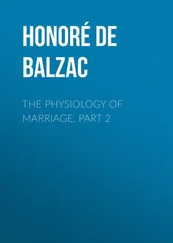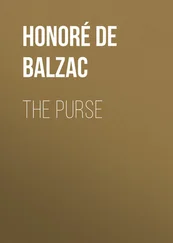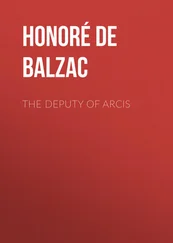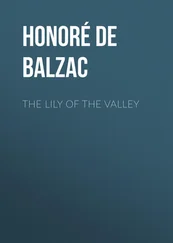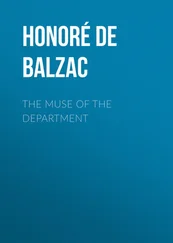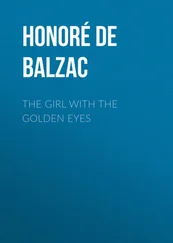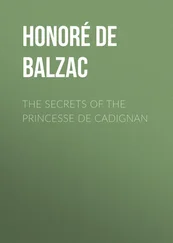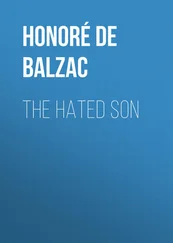Honoré de Balzac
Father Goriot, Pierre Grassou, Cousin Pons, Cousin Betty, Colonel Chabert, Catherine de Medici…
Published by

Books
- Advanced Digital Solutions & High-Quality eBook Formatting -
musaicumbooks@okpublishing.info
2019 OK Publishing
EAN 4057664560742
Novels NOVELS Table of Contents
The Chouans THE CHOUANS Table of Contents I. An Ambuscade II. One of Fouche’s Ideas III. A Day Without a Morrow
At the Sign of the Cat and Racket AT THE SIGN OF THE CAT AND RACKET Table of Contents
Vendetta VENDETTA Table of Contents Chapter I. Prologue Chapter II. The Studio Chapter III. Labedoyere’s Friend Chapter IV. Love Chapter V. Marriage Chapter VI. Retribution
The Magic Skin THE MAGIC SKIN Table of Contents I. The Talisman II. A Woman Without a Heart III. The Agony Epilogue
The Exiles
Louis Lambert
Eugenie Grandet
The Country Doctor
Ferragus
The Duchesse De Langeais
The Alkahest
Seraphita
Father Goriot
The Lily of the Valley
The Marriage Contract
An Old Maid
Rise and Fall of Cesar Birotteau
The Collection of Antiquities
A Daughter of Eve
Beatrix
The Village Rector
Ursule Mirouet
Letters of Two Brides
Paz
A Woman of Thirty
Albert Savarus
The Two Brothers
A Start in Life
Two Poets
Honorine
Modeste Mignon
Cousin Betty
Scenes From a Courtesan's Life
Cousin Pons
The Brotherhood of Consolation
Sons of the Soil
Catherine De' Medici
A Distinguished Provincial at Paris
The Lesser Bourgeoisie
Novellas
The Ball at Sceaux
Sarrasine
A Second Home
Domestic Peace
Gobseck
El Verdugo
Colonel Chabert
The Vicar of Tours
The Girl With the Golden Eyes
Secrets of the Princesse De Cadignan
Z. Marcas
Pierrette
The Muse of the Department
Eve and David
Bureaucracy
Short Stories
Study of a Woman
Another Study of Woman
The Grand Breteche
Farewell
The Unknown Masterpiece
The Recruit
The Red Inn
The Purse
La Grenadiere
The Message
A Drama on the Seashore
The Atheist's Mass
Facino Cane
Gambara
Massimilla Doni
Pierre Grassou
An Episode Under the Terror
Madame Firmiani
The Deserted Woman
The Commission in Lunacy
The Illustrious Gaudissart
A Prince of Bohemia
A Man of Business
Gaudissart Ii
Unconscious Comedians
The Firm of Nucingen
A Passion in the Desert
Christ in Flanders
The Napoleon of the People
The Fair Imperia
The Venial Sin
The King’s Sweetheart
The Devil’s Heir
The Merrie Jests of King Louis the Eleventh
The High Constable’s Wife
The Maid of Thilouse
The Brothers-In-Arms
The Vicar of Azay-Le-Rideau
The Reproach
The Three Clerks of St. Nicholas
The Continence of King Francis the First
The Merry Tattle of the Nuns of Poissy
How the Chateau D’azay Came to Be Built
The False Courtesan
The Danger of Being Too Innocent
The Dear Night of Love
The Sermon of the Merry Vicar of Meudon
The Succubus
Despair in Love
Perseverance in Love
Concerning a Provost Who Did Not Recognise Things
About the Monk Amador, Who Was a Glorious Abbot of Turpenay
Bertha the Penitent
How the Pretty Maid of Portillon Convinced Her Judge
In Which It Is Demonstrated That Fortune Is Always Feminine
Concerning a Poor Man Who Was Called Le Vieux Par-Chemins
Odd Sayings of Three Pilgrims
Innocence
The Fair Imperia Married
A Street Of Paris And Its Inhabitant
Table of Contents
Table of Contents
I. An Ambuscade
II. One of Fouche’s Ideas
III. A Day Without a Morrow
To Monsieur Theodore Dablin, Merchant.
To my first friend, my first work.
De Balzac.
Table of Contents
Early in the year VIII., at the beginning of Vendemiaire, or, to conform to our own calendar, towards the close of September, 1799, a hundred or so of peasants and a large number of citizens, who had left Fougeres in the morning on their way to Mayenne, were going up the little mountain of La Pelerine, half-way between Fougeres and Ernee, a small town where travellers along that road are in the habit of resting. This company, divided into groups that were more or less numerous, presented a collection of such fantastic costumes and a mixture of individuals belonging to so many and diverse localities and professions that it will be well to describe their characteristic differences, in order to give to this history the vivid local coloring to which so much value is attached in these days,—though some critics do assert that it injures the representation of sentiments.
Many of the peasants, in fact the greater number, were barefooted, and wore no other garments than a large goatskin, which covered them from the neck to the knees, and trousers of white and very coarse linen, the ill-woven texture of which betrayed the slovenly industrial habits of the region. The straight locks of their long hair mingling with those of the goatskin hid their faces, which were bent on the ground, so completely that the garment might have been thought their own skin, and they themselves mistaken at first sight for a species of the animal which served them as clothing. But through this tangle of hair their eyes were presently seen to shine like dew-drops in a thicket, and their glances, full of human intelligence, caused fear rather than pleasure to those who met them. Their heads were covered with a dirty head-gear of red flannel, not unlike the Phrygian cap which the Republic had lately adopted as an emblem of liberty. Each man carried over his shoulder a heavy stick of knotted oak, at the end of which hung a linen bag with little in it. Some wore, over the red cap, a coarse felt hat, with a broad brim adorned by a sort of woollen chenille of many colors which was fastened round it. Others were clothed entirely in the coarse linen of which the trousers and wallets of all were made, and showed nothing that was distinctive of the new order of civilization. Their long hair fell upon the collar of a round jacket with square pockets, which reached to the hips only, a garment peculiar to the peasantry of western France. Beneath this jacket, which was worn open, a waistcoat of the same linen with large buttons was visible. Some of the company marched in wooden shoes; others, by way of economy, carried them in their hand. This costume, soiled by long usage, blackened with sweat and dust, and less original than that of the other men, had the historic merit of serving as a transition between the goatskins and the brilliant, almost sumptuous, dress of a few individuals dispersed here and there among the groups, where they shone like flowers. In fact, the blue linen trousers of these last, and their red or yellow waistcoats, adorned with two parallel rows of brass buttons and not unlike breast-plates, stood out as vividly among the white linen and shaggy skins of their companions as the corn-flowers and poppies in a wheat-field.
Читать дальше



